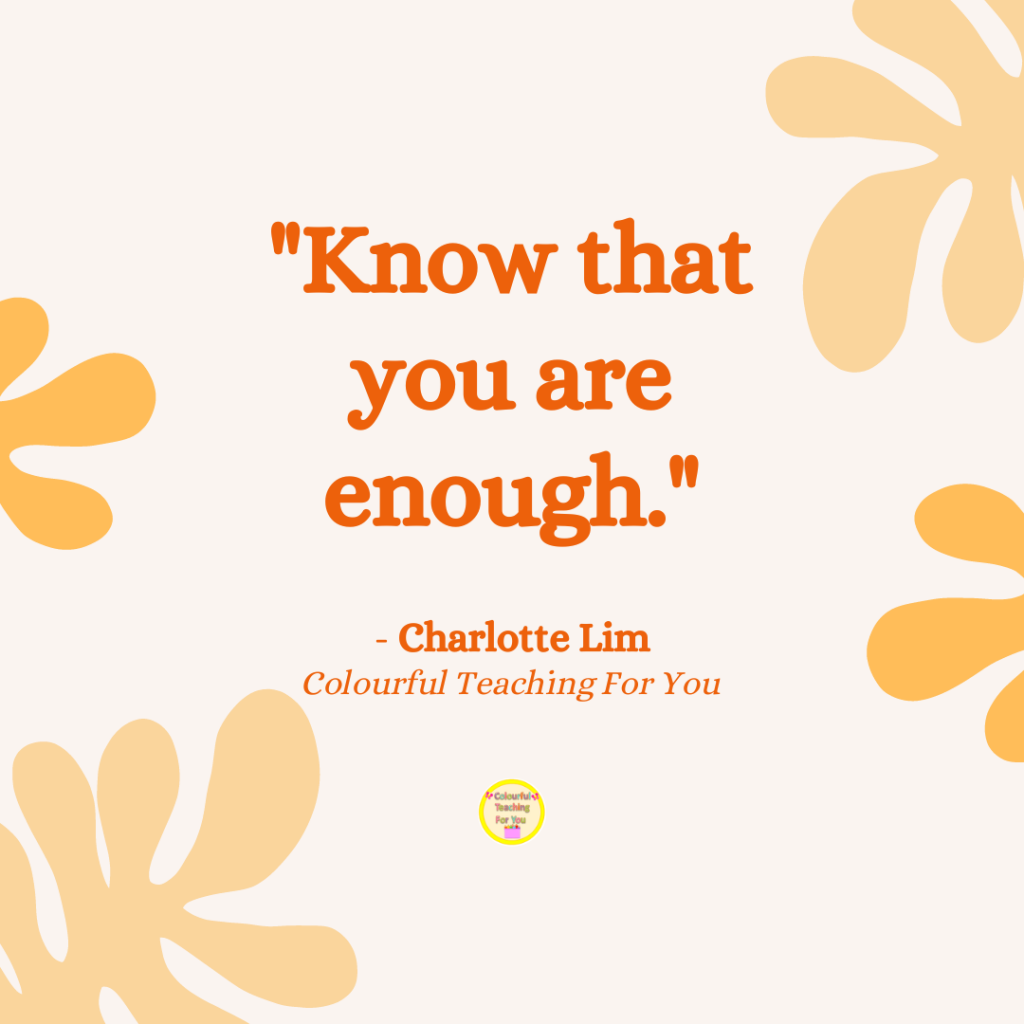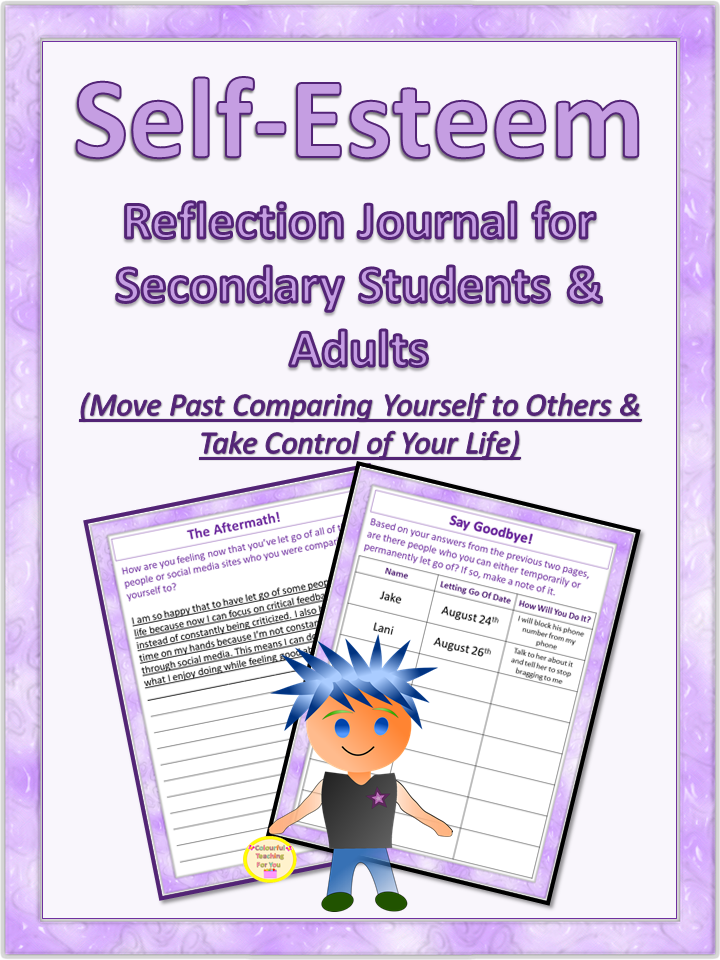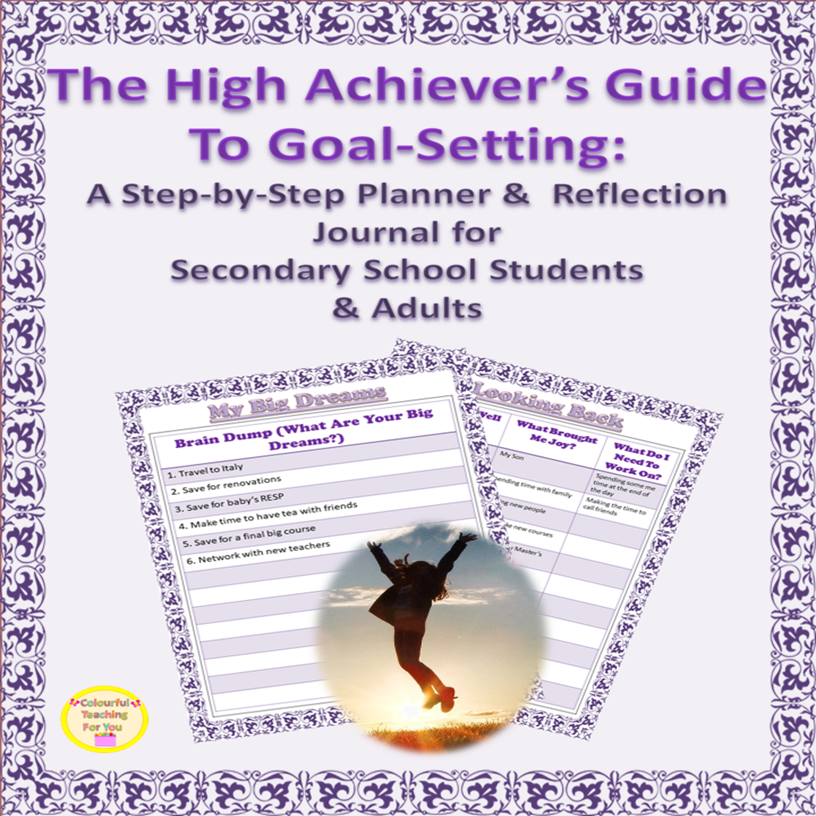Today we’re going to talk about five simple strategies on how to improve self-esteem in students.
When students feel good about themselves their ability to make good decisions and achieve increases. Students find it easier to feel motivated, ask for help when they need it and work at their full potential.
Teaching children about their self-esteem and how to improve it is beneficial for them, both in and out of the classroom. It fosters a growth mindset within them, which enables them to be more receptive to feedback and self-improvement.
When children feel confident in themselves and their abilities, you’ll start to notice a decrease in the need for constant behavior and classroom management.
The following five areas that this article will focus on, will help you teach your children how to improve their self-esteem. Note that these activities should be done over a period of time to see improvement.
Actionable Steps:
#1. Self-Acceptance
Teach your children to really delve deeply into their lives and to learn about who they are and the beauty that lies within them.
Too many children compare themselves with others without seeing or understanding what makes them different and what they have to offer the world.
The following activities will them look inwards instead of outwards so that they can appreciate and learn to love themselves. Do these activities at least once each term so that they can see their development over time.
#2. Achieve Goals
This is a two-part section.
- Have your students write down in point form all of the things that they’ve already achieved so far. You can turn this into an art activity where they can draw it out and have a visual for when they feel like they aren’t making much progress in their life.
- Ask your students to write down all of the things that they want to achieve, circle 2-5 that they can work on this year, and then highlight one to focus on. They can then use the following planner to help them set realistic goals, and achieve them. This is a great piece of formative assessment and it can be used in their portfolios. Along the way and at the end of the year, celebrate their achievements. If you’d like to take part in this journey with your students, you’re welcome to use the high school planner or your special teacher planner that’s listed below.
#3. Be Grateful
When students are in this space, they are better able to see the good that’s in their life. It switches the focus away from negative feelings.
At the beginning, this may be difficult for some students, so take your time and commit to this activity once a week. As students become more familiar with it, increase it to 2-3 times a week and then do it every day. The reason for this increase is because it’s important to build the muscle of gratitude gradually over time so that children don’t resist it. Once you’ve done this, it will be come a natural part of their day and they’ll do it on the weekends without even realizing it.
For gratitude journal prompts, choose the one that works best for your grade level.
#4. Understand Limits
Teach your students to be good to themselves by checking their calendar and making sure they have the time and energy if they want to say “yes” to a request. If they don’t or if something makes them feel bad, let them know that it’s okay to say “no.” Some people may get upset but their wellbeing is just as if not more important than everyone else’s requests.
Once they learn to say no, it’ll get easier in time. They’ll start to feel lighter and more opportunities will open up to them.
#5. Healthy Relationships
Remind your students to embrace positive relationships. When others constantly lead them down an unexpected path or put them down, it will have a negative effect on their self-esteem.
It’s important to be selective of the people who they choose to associate with. Limiting interactions or cutting off ties may be difficult at first and their may be a lot of grief and guilty feelings surrounding it but once this passes, a child will start to feel better about who they are and about their interactions.
Recap:
Let’s recap really quickly. Today, we looked at the following:
- The relevance of teaching students about how to improve their self-esteem
- The five areas to focus on: self-acceptance, achieve goals, be grateful, understand limits, and healthy relationships.
Five ways to teach students how to improve their self-esteem: self-acceptance, achieve goals, be grateful, understand limits, and healthy relationships
Free Resources:
In the mean time, if planning so that you’re ahead is not your jam, then check out the following: FREE MASTERCLASS: Systematic Plan to Super Passionate.
Next Steps:
I’d love to hear from you. In the comments below, please answer the following:
If you found this video beneficial, would you do me a favor? Share this with your family, your friends, your loved ones, your co-workers or someone who you think could benefit from this. Thank you!
I’ll see you next Friday at 5:30pm PST.
Until I see you next time, remember to create, experience & teach from the heart.
Take care,
Charlotte













